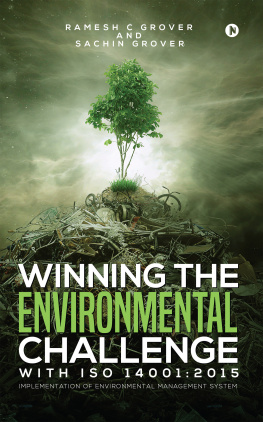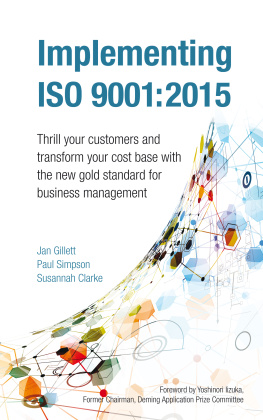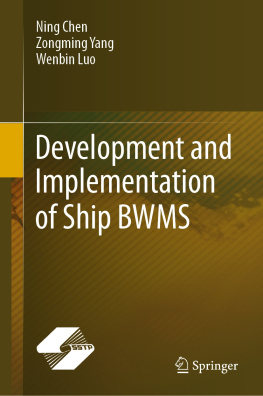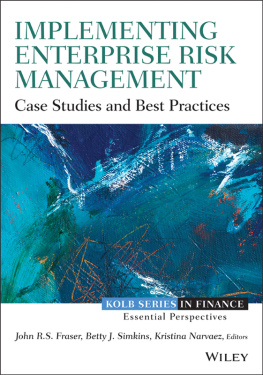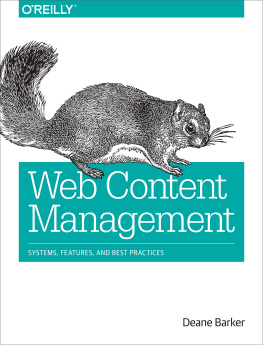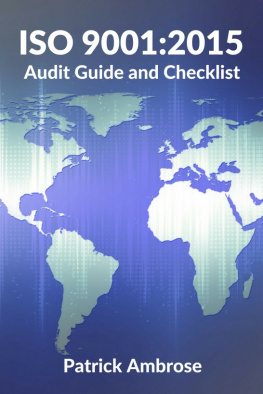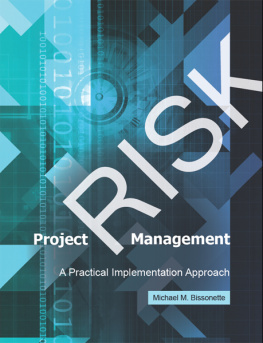
Foreword
Environment is a subject that we speak about more often than ever before and for good reasons. We the human species have developed and created our life style. The only species which cooks food which converts one form of carbon to another form by burning fossil fuels such as coal, oil or gas and creates an environmental load that is not a natural occurrence for the Earth, thereby causing changes that the assimilative and dispersive capacities of nature cannot cope with. And then we use the same sources of energy to give us electricity that lights, cools and heats our homes, that gives the modes of fast transportation, that gives us clothes, gives us materials that build our shelters. Imagining the load on the environment then starts to become mind boggling, but most of us take all this for granted and most of us forget the limits that are exceeded and dont recognise the true dangers if we go beyond a tipping point when all the load on our environment will cause the species to struggle for its survival.
Imagine if the sea levels were to rise by just 1 meter which is not imaginary but more a reality.. Over 75% of the coastal cities will be impacted and some countries will just disappear under water. This appears to be fiction and unimaginable, but the reality is more immediate due to the excessive green house gas emissions, that are ever increasing. These cause global warming and also impact the climate. Tornadoes, hurricanes and cyclones have gained more fury and are more frequent, the adverse weather conditions of excessive snow or rainfall is a reality.
The environmental management system standard has been with us for just over two decades and it helps organisations to manage their environmental footprint and to make efforts to reduce its impacts. The use of such formal management systems has helped our industries and businesses to plan to reduce, plan to find alternatives. However, the use of the best practices as laid down in the standard have not been consistent.
Ramesh and Sachin, the authors of this book are vastly experienced and whereas Ramesh advices businesses to set in place environmental management, Sachin is an expert in auditing various businesses for verifying implementation. But this experience frustrates them as organisations dont understand the practical way to support the good environmental practices. They have written this book that brings all their experiences and share them with a wider audience. Their effort to help implement these practices holistically with the right support and attention from leadership, something that is lacking in many organisations, to reduce their impacts on the environment, to making a more complete understanding of the context the organisation operates in. They have used examples and given tips that explain with common sense how we must do what we have to do, but more importantly helps people understand why we do what we do to reduce our environmental impacts.
Reading the book and finding the real meaning and solutions will happen, something the standard is not designed to do. The solutions and approach will bring awareness and support from all levels of the organisation. This is a book that one must refer when trying to Implement and Audit the practices correctly. And the book gives us the insights that can come from the vast experience collected over decades of working closely with businesses and helping them understand and implement the standard.
Venkataram Arabolu
Managing Director,
British Standard Institute (BSI) Group India
Who Can Benefit From
This Book?
The guidelines given in this book are intended to assist organizations to develop and implement an effective EMS that can be integrated with other management systems. The implementation of an effective EMS is crucial for an organization to achieve a sound Environmental performance and to comply with legal requirements. Organizations of all industries, types and sizes may use this guideline as it provides generic assistance for establishing, implementing and improving an EMS.
This book is beneficial to:
1. Organizations preparing for ISO implementation: This book is written primarily for people with moderate or no knowledge about ISO implementation
2. ISO 14001 consultants : Tips, on how to prepare for ISO 14001:2015 implementations in the most logical way, with practical examples, helping you look knowledgeable and helpful before your clients.
3. Organizations planning updation of ISO 14001:2004: Senior managers, engineers, executives, or project managers who have been given the responsibility for implementing ISO 14001: 2015 standard in the organization, whatever be its size.
4. Auditors (External/Internal): This book will help Certification Body Auditors as well as Internal Auditors in better understanding of what to look for during the audit. This will ensure clear understanding of the requirements of the standard and thus avoid unnecessary arguments between auditors and auditees.

Notion Press
Old No. 38, New No. 6
McNichols Road, Chetpet
Chennai - 600 031
First Published by Notion Press 2017
Copyright Ramesh C Grover and Sachin Grover 2017
All Rights Reserved.
ISBN 978-1-947697-33-1
This book has been published with all reasonable efforts taken to make the material error-free after the consent of the author. No part of this book shall be used, reproduced in any manner whatsoever without written permission from the author, except in the case of brief quotations embodied in critical articles and reviews.
The Author of this book is solely responsible and liable for its content including but not limited to the views, representations, descriptions, statements, information, opinions and references [Content]. The Content of this book shall not constitute or be construed or deemed to reflect the opinion or expression of the Publisher or Editor. Neither the Publisher nor Editor endorse or approve the Content of this book or guarantee the reliability, accuracy or completeness of the Content published herein and do not make any representations or warranties of any kind, express or implied, including but not limited to the implied warranties of merchantability, fitness for a particular purpose. The Publisher and Editor shall not be liable whatsoever for any errors, omissions, whether such errors or omissions result from negligence, accident, or any other cause or claims for loss or damages of any kind, including without limitation, indirect or consequential loss or damage arising out of use, inability to use, or about the reliability, accuracy or sufficiency of the information contained in this book.
Introduction
The impact of Industrial activities on the Environment is forcing the organizations to control their activities, products and services for mitigating the impact on the environment. The ISO 14001 standard is primarily concerned with environmental management. This means that the organization needs to:
- Identify the harmful effects of their activities, on the environment, and plan to reduce the impact
- Achieve continual improvement in its environmental management system and environmental performance.
An Organization needs to understand the environmental issues of its activities, not just managing its Environmental aspects, but taking action to manage those impacts that are directly impacting the organization and the environment. For this, the organizations need to have a well built environmental management system leading to continual improvement.
Next page
